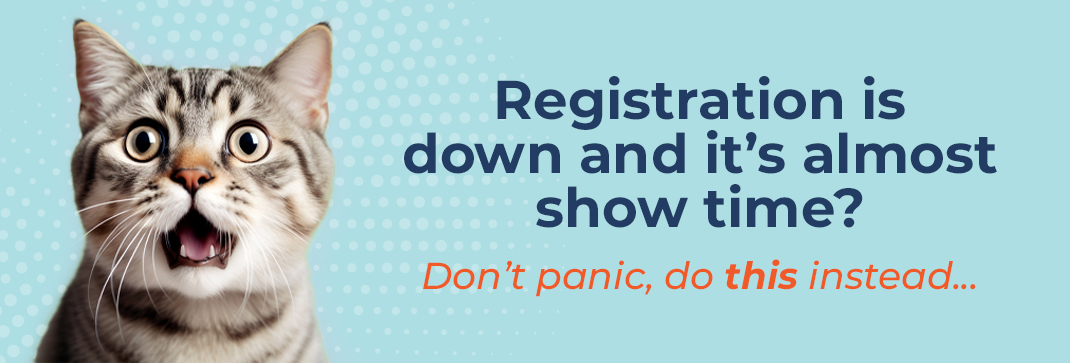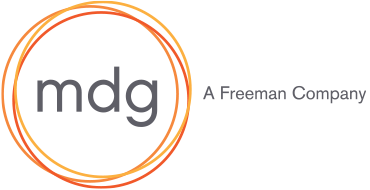
Purr-plexed by slow registration? Consider this: Freeman’s proprietary research shows that roughly half of attendees register just five weeks before show time. A new report from mdg reveals that 65% of registrations come in the last 10 weeks. All of this means that the two months right before an event have become the make-it-or-break-it point for marketers — and the perfect time to pounce. Our “Final Countdown” program was born from this reality and consists of the following steps, meant to maximize attendance when it feels like time is running out:
Analyzing Registration
Before we can figure out who hasn’t registered yet, we take a look at who has. This is where the power of data science comes in. We start by digging into our current registration lists and leveraging machine learning to identify key trends — job titles, company types, representation from geographic areas, show history, etc. Once we know who’s already coming, we can identify gaps in the attendee base and focus our efforts on filling them, targeting the people who haven’t yet registered.
Building a Registration Forecast
Next, we aggregate several years’ worth of week-over-week registration data (usually 5-15 years) and merge these historical findings with current industry trends. This creates a picture of what numbers might look like during each of the final weeks of a campaign, helping to set realistic targets (and align paid media budgets accordingly). We also consider other factors that influence attendance decisions, e.g., changes in event pricing, timing, location and the competitive landscape.
Executing Targeted Conversion Tactics
Once the underperforming segments and factors that impact registration have been identified and realistic goals have been set, it’s time to tailor the appropriate tactics. For example, if we see low registration numbers among event alumni we might deploy targeted communications highlighting how the event has been enhanced from previous years, including new features, planned product launches, first-time speakers, etc. If we believe price-sensitivity is a concern for our audience, we might experiment with a one-day sponsored promotion. If C-level registration is lagging, we might plan a tailored campaign on LinkedIn that focuses on aspects of the event that address key leadership concerns, e.g., supply chain solutions, workforce development strategies and AI.
The home stretch of a campaign is also a good time to assess how the marketing tactics and messaging approaches you’ve been using have worked or not worked. Being open and agile might lead to reallocating money from an underperforming international push to one that targets a drive-distance audience. Or putting more of an emphasis on “who’s coming” to create FOMO and less on technical education sessions (that typically sell out early). Or experimenting with SMS as a means of promoting a one-day flash sale. The point is, maximizing last-minute registration requires a concerted effort to assess registration trends and marketing activities and aligning tactics to address gaps in both.
A version of this article originally appeared in PCMA Convene.


